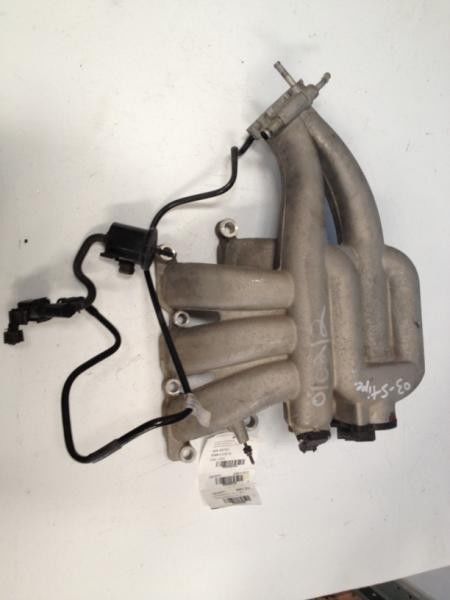sierra4000
Automotive
Hello Alls,
Can you help me with design of the intake for my V6 racing engine?
Currently I have a intake manifold that I think does not able to use the maximum potential of my engine.
In the Annex is a picture of my engine with current intake and chart from engine dyno.
Is it possible to achieve improve just by changing the length and diameter of pipe while retaining the original design? I mean split plenum with two throttle body,
or is this totally inappropriate design?
Thank You for your ideas !
Can you help me with design of the intake for my V6 racing engine?
Currently I have a intake manifold that I think does not able to use the maximum potential of my engine.
In the Annex is a picture of my engine with current intake and chart from engine dyno.
Is it possible to achieve improve just by changing the length and diameter of pipe while retaining the original design? I mean split plenum with two throttle body,
or is this totally inappropriate design?
Thank You for your ideas !


![[glasses] [glasses] [glasses]](/data/assets/smilies/glasses.gif) )
)
![[surprise] [surprise] [surprise]](/data/assets/smilies/surprise.gif)
